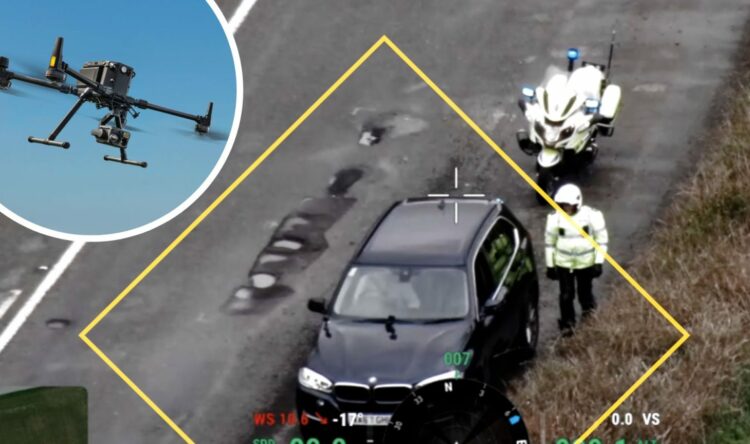New junction designs
Research results into improving junctions in accordance with Highway Code priorities
A recently completed research project has identified two side road crossing designs that encourage drivers to give way to people crossing and waiting to cross. This is a requirement of the revised Highway Code since January 2022.
The project was carried out by academics at the University of the West England (UWE), with funding provided by The Road Safety Trust.
Helping drivers understand
Researchers set out to understand the impacts of enhanced side road designs that both increase priority and reduce risk for people walking and cycling. This issue has become more significant because of the changes to the Highway Code since January 2022.
These mean drivers turning in or out of a side road should now give way. This is not only to pedestrians and cyclists who are crossing, but also those waiting to cross.
The research team from UWE’s Centre for Transport and Society, observed behaviour at different types of side road crossing. This revealed two designs where drivers were more likely to give way:
- Marked Priority crossings with so-called ‘parallel crossings’ that have a zebra for pedestrians and priority markings for the cycle track crossing.
- Design Priority crossings, also called continuous footways, where priority is reinforced by the layout and surface materials.
Both enhancements meant people crossing did not have to yield to drivers in approximately 90% of interactions. This compares with 43% of interactions at conventional junctions.
It was noted that users realise the importance of Marked Priority and Design Priority enhancements. However, they need to be implemented consistently and appropriately across the country in order to minimise ambiguity and confusion.
Enhancing priorities
The project was led by John Parkin, professor of transport engineering and deputy director of the Centre for Transport and Society at UWE.
“Many side road junctions are designed mainly with movement for vehicles on the carriageway,” states Parkin. “They have generous corner radii and wide carriageways.”
The issue is that existing designs fail to emphasis the changes to priority revealed in the latest Highway Code.
Researchers “explored the use of priority markings”. These made it clear to drivers that “they need to give way to pedestrians and cyclists who are crossing a side road”.
Give way markings are placed before the pedestrian and/or cycle track crossing. These were also compared with previous research on priority designs. They include a raised footway and/or cycle track that is continuous across the side road.
“On nearly half of occasions at conventional junctions, people crossing yielded voluntarily to turning drivers. The effect of enhanced junctions was to reduce this proportion and created more occasions when drivers gave way to people crossing. Both Marked Priority designs with a zebra, and Design Priority designs (continuous footways) increased the proportion of times people did not yield to vehicles from around 50% at control sites to around 90%.”
New approaches to travel
Chief executive of The Road Safety Trust, Sonya Hurt, says: “When it comes to encouraging more people to walk and cycle, safety is paramount.
“We are delighted with the outcomes from this project, including recommendations for side road crossing designs most likely to encourage drivers to give way, thereby reducing risk for those travelling by foot or on bike.”
To read the full report click here.





